SeaWorld trainer screamed for help as she was dragged under by two killer whales
The trainer was dragged underwater by two killer whales while screaming for help
.png)
.png)
Tamarie Tollison, who was 28 at the time of the 2002 incident, was seen dangling her legs in the water, before being ripped under the water’s surface by giant killer whales, Orkid and Splash.
The incident was captured on the camera of a guest at SeaWorld – which has seen multiple incidents of orcas attacking trainers.
The trainer begged for help and gave a ‘blood curdling scream’ as her co-workers looked on in horror at the San Diego tourist attraction.
Recalling the scary experience, former trainer John Hargrove, said: “She’s under the water, Splash and Orkid both have her, she’s totally out of view, no other trainer knows that this is happening.
“People start to scream. You hear Tamarie just scream out ‘somebody help me’ and the way she screamed it was just blood curdling.
“She knew she was going to die.”
Luckily, Tamarie Tollison survived the vicious attack after the quick thinking of co-worker Robin Sheets, who decided to let out the more dominant orca from his enclosure, which led to the two orcas letting go of her ravaged body.
The reason behind the orcas’ aggression was apparently put down to it being in ‘solitary confinement’, which allegedly caused the sea creatures to suffer from ‘physical and psychological damage’.
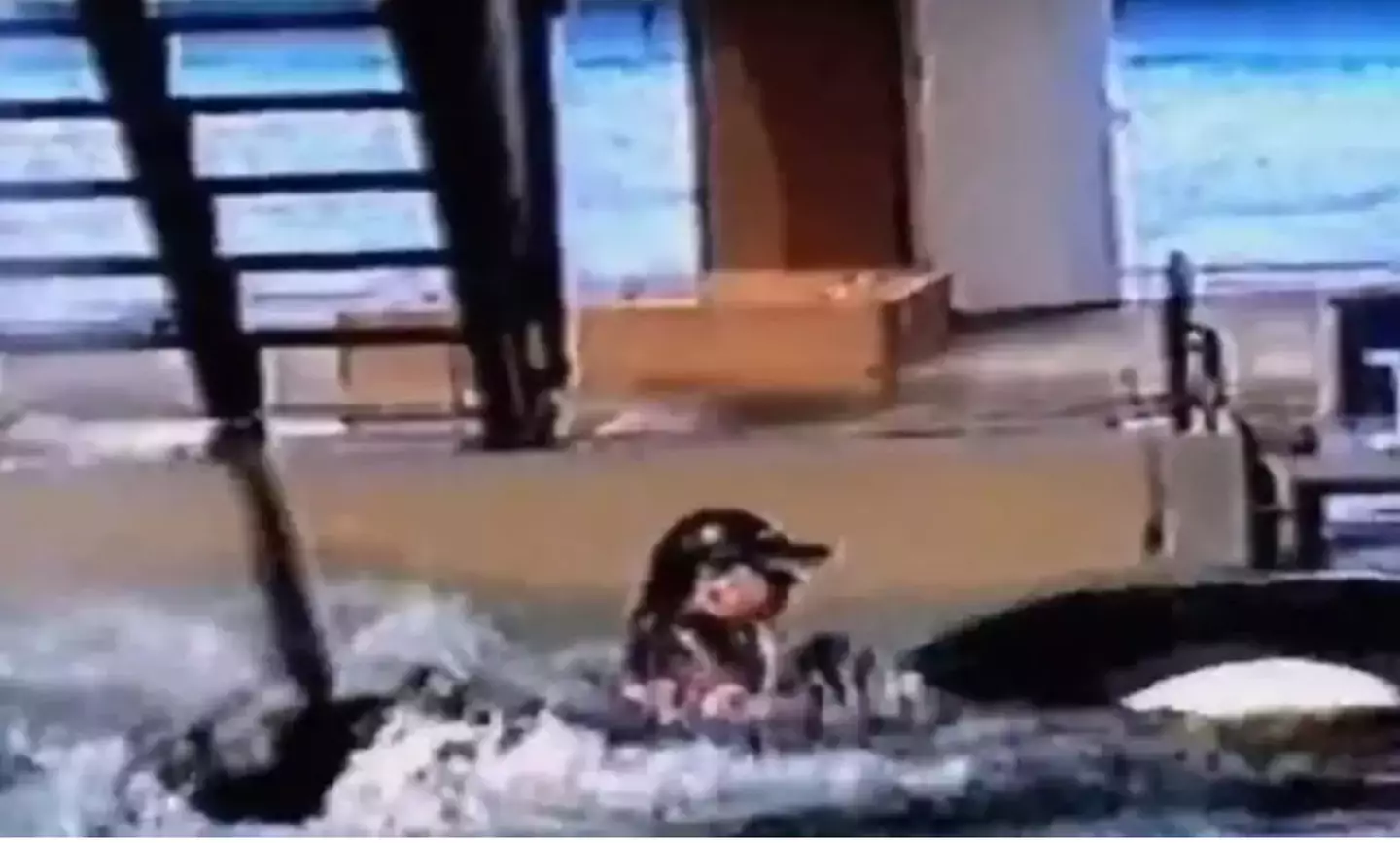

In the documentary, Hargrove claimed: “Physical and psychological damage endured by human prisoners in solitary confinement is well documented. Orcas at amusement parks such as SeaWorld suffer the same fate.
“I can tell you from my 14 years of experience that I personally witnessed the orcas – as well as other dolphins and marine animals – suffer the same physical and psychological trauma.
“Imagine spending your entire life trapped in a small enclosure.”
“That is exactly what we did at SeaWorld,” he continued. “The main takeaway with creating a hybrid orca is that you truly have no idea what you’ve created because they don’t exist in nature. So all things are possible.”
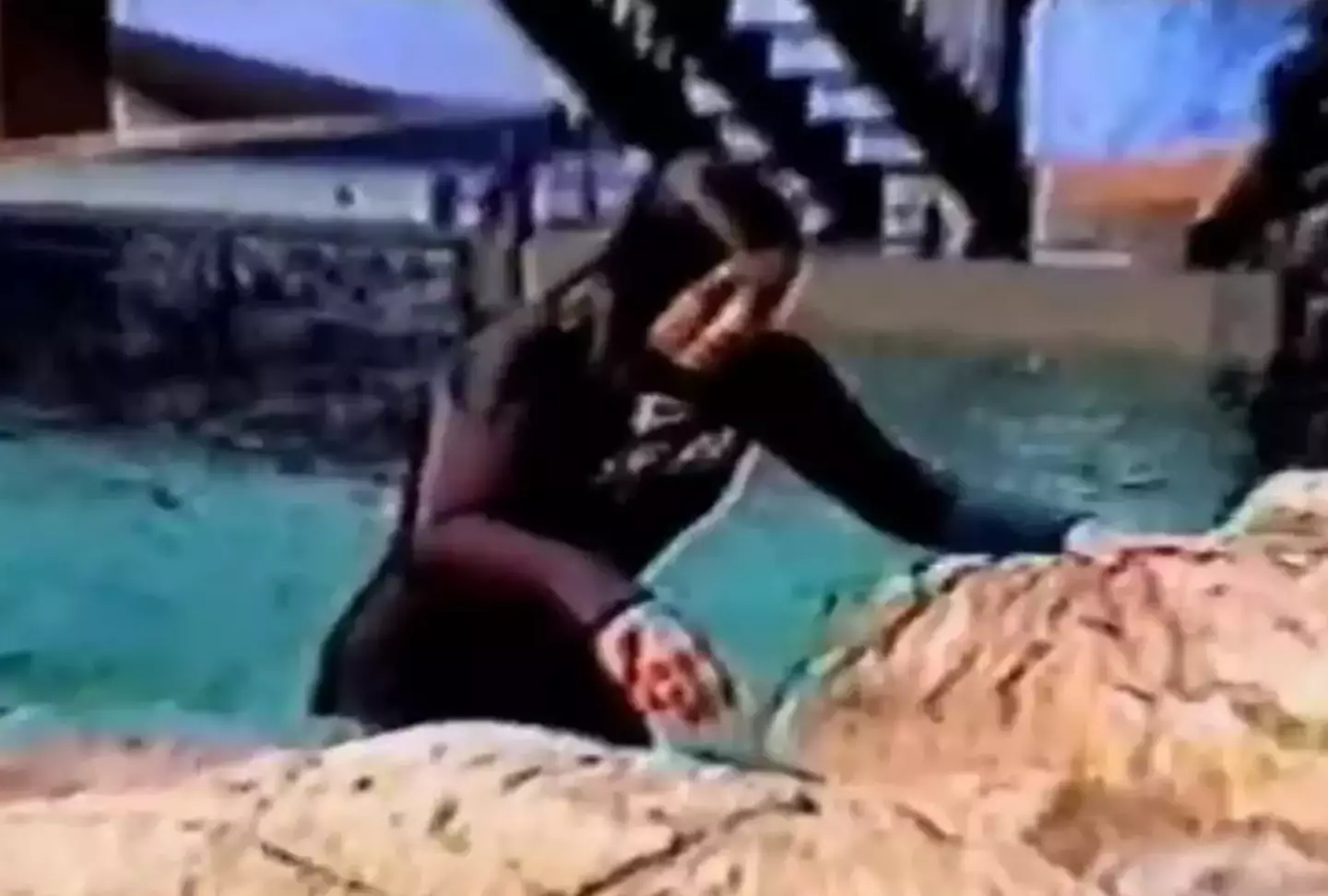

Magnolia Pictures
In response to the claims, a SeaWorld spokesperson said at the time: “There is nothing new in these claims. The wild characterizations from this former employee – who has not worked at SeaWorld in any capacity for 10 years – are designed to get clicks, not communicate facts or science.
“The fact is SeaWorld is independently accredited, reviewed, and certified by both federal wildlife agencies and independent third party experts to uphold the highest standards of animal care.
“Much of what the world knows about killer whales today is because of what has been learned through nearly 60 years of care and study of orcas in accredited zoological facilities such as SeaWorld.
“That knowledge and expertise continues to directly benefit the understanding of the health and conservation of wild orca populations. SeaWorld ended its killer whale breeding program in March 2016.
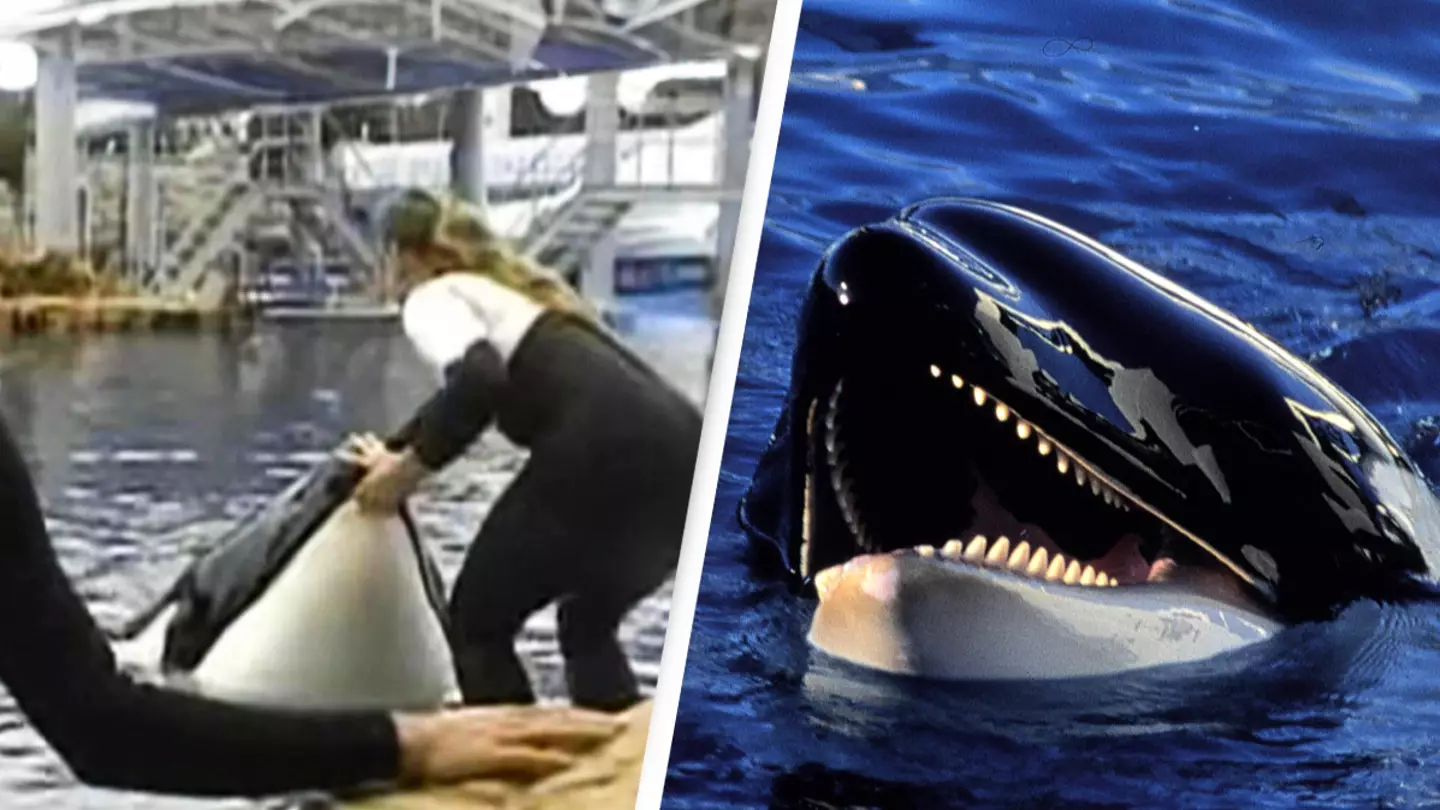

A seemingly innocent image of a trainer at SeaWorld is made infinitely darker when the story behind it is revealed.
SeaWorld has long had a shaky reputation, but despite this, many people still visit for their first wonderful experience with some of the world’s greatest marine animals.
One of the main attractions at the theme park in Orlando had always been the orca whales, with many becoming famous – including a captive male named Tilikum.
However, in 2010, an incident involving Tilikum left guests at the park shocked and devastated after a show went wrong.
Dawn Brancheau had worked at the Orlando resort for over 15 years as an animal trainer, but would go on to lose her life after an incident with the 12,000lb whale.
Tilikum, also known as Tily or by the generic stage name of ‘Shamu, suddenly grabbed 40-year-old Dawn by her ponytail during a show and dragged her under the water, much to the guests’ horror.
.webp)
.webp)
CNN
The whale thrashed around with Dawn in its grip for over 45 minutes as guests could do nothing but look on in shock.
One guest even recalled the harrowing moment the whale swam by the viewing window with Dawn’s lifeless body in its mouth.
An autopsy later determined that Dawn had died due to blunt force trauma and drowning. She had also suffered her left arm being severed below the shoulder and fractures to her jawbone, ribs and cervical vertebra.
Following the incident the United States Department of Labor’s Occupational Safety and Health Administration cited SeaWorld of Florida LLC for three safety violations and ordered the park to pay a penalty of $75,000.
SeaWorld was also forced to implement a rule that prevented trainers from getting into the water with whales during the shows.
An image of Dawn right before she was snatched has also begun to circulate on social media, stunning users:
.png)
.png)
X/@fasc1nate
Speaking to The Sun in 2022, Brancheau’s sister Debbie Frogameni said the family was still trying to understand what had happened.
“Some days, I think we are still processing her loss,” she said. “Dawn was just so special to so many people and I’m not sure you ever get past losing someone like her.
“I think we do find some comfort knowing that she accomplished and experienced more in her short 40 years than most people who live long lives.
“But that doesn’t take away what our family and the world lost that day.”
In a statement to the outlet, SeaWorld emphasized that they continue to not allow trainers into the water with whales.
“That tragic situation happened more than 12 years ago. Trainers have not been in the water training with killer whales for many years.
“We have extensive protocols and training in place to protect the safety of our trainers and animals.”
Featured Image Credit: Twitter/@fasc1nate / kpa/United Archives via Getty Images
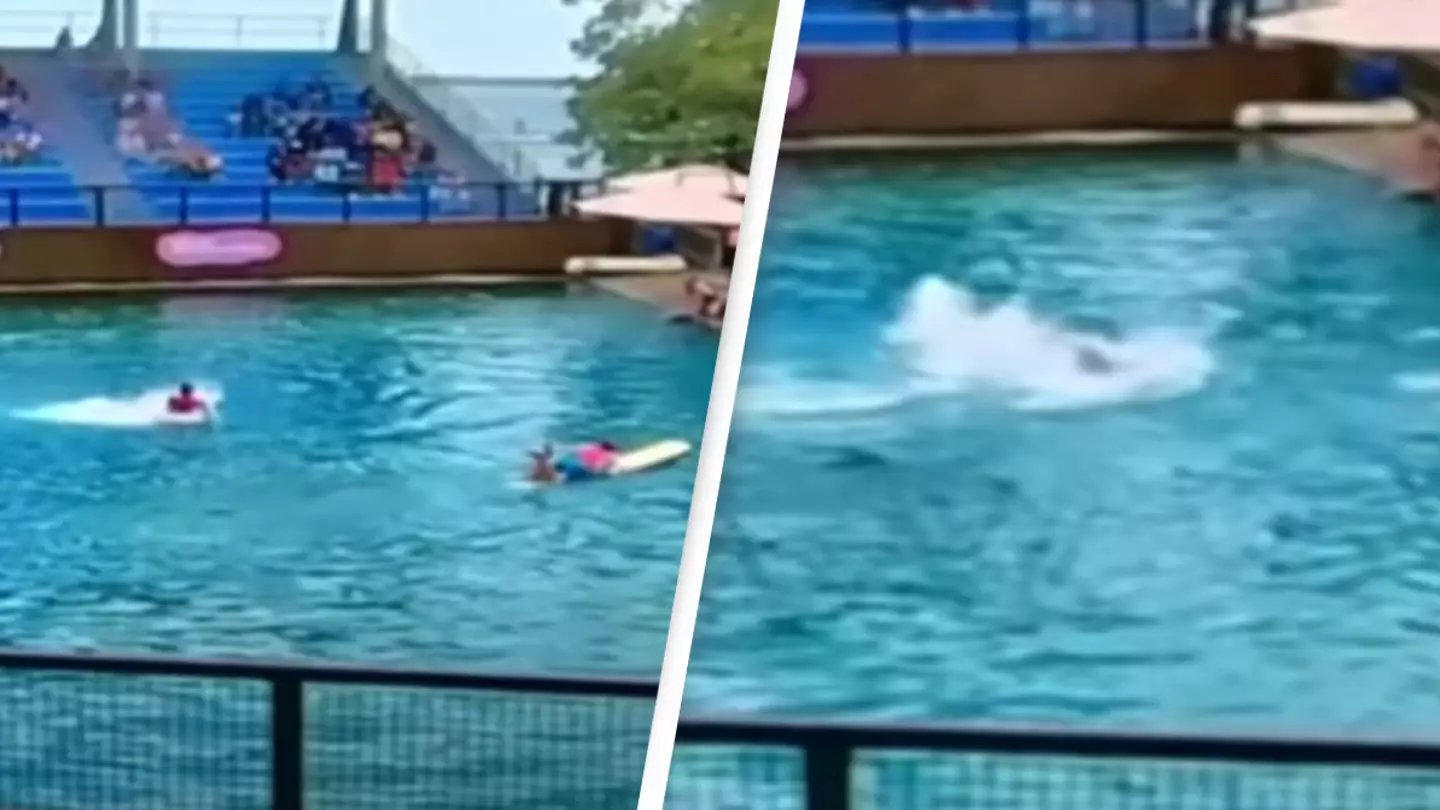

A dolphin shocked an audience at an aquarium in Miami, Florida, after it attacked their trainer and tried dragging her underwater in front of a crowd.
They’re also smart enough to hunt for mines in the ocean for the US military, but perhaps one of them would even be able to serve in a more combat-heavy role considering how it got violent with a trainer.
Last year at the Miami Seaquarium a dolphin called Sundance tried to drag their trainer underwater and attacked them.
The trainer was taken to hospital in an ambulance, though fortunately did not suffer serious injuries in the dolphin-instigated bout of aquatic violence.
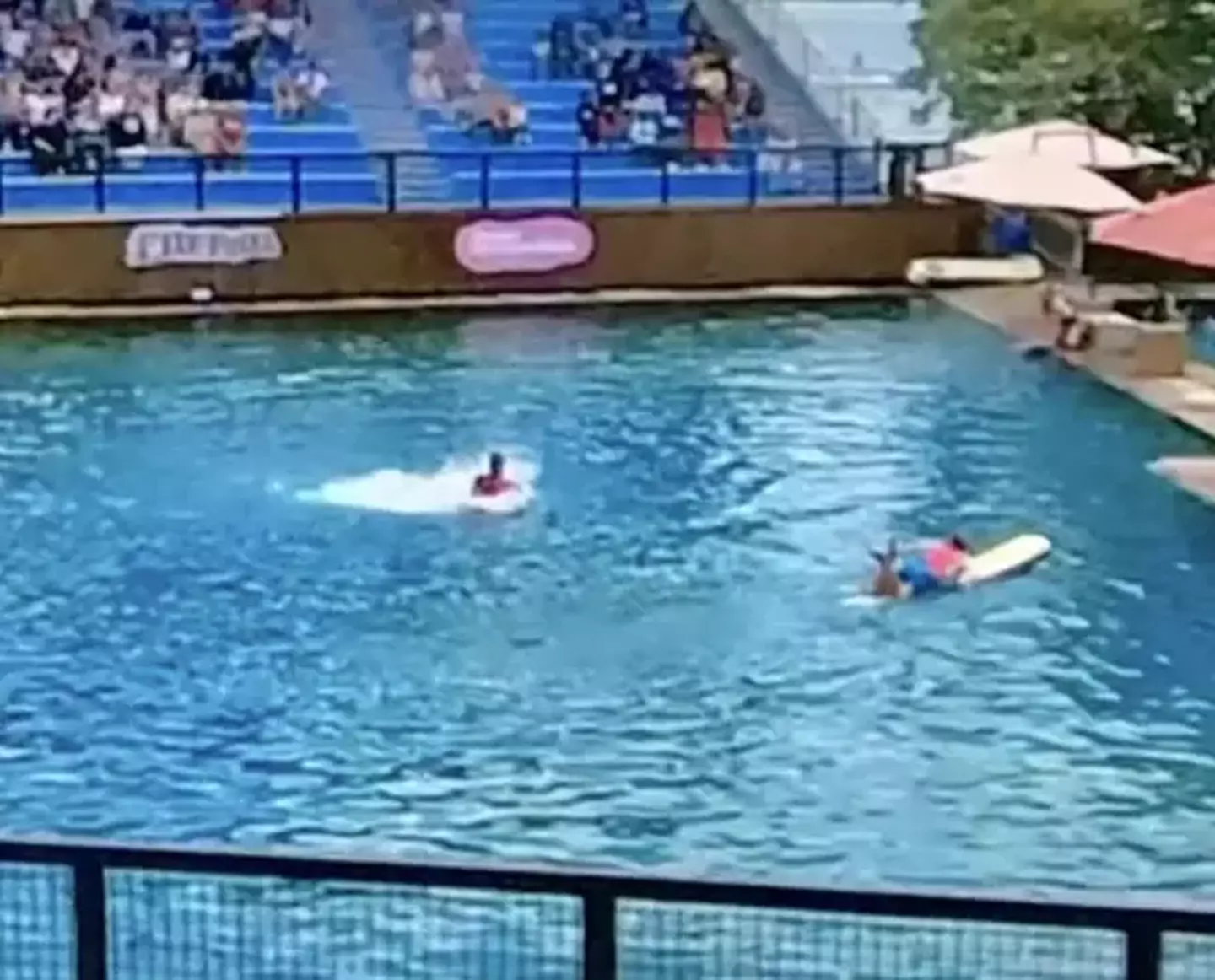

TikTok/@scphoto_ky
Footage of the attack was taken by Shannon Carpenter, who explained that while ‘kids were cheering and thinking this was neat’ not everybody was oblivious to the attack as ‘the adults knew something was wrong’.
The Miami Seaquarium released a statement afterwards saying that the trainer had accidentally scratched the dolphin.
They said: “A dolphin and trainer accidentally collided in the water on Saturday while performing a routine behavior as part of the Flipper Show.
“This was an uncomfortable interaction for both of them and the dolphin reacted by breaking away from the routine and striking the trainer.”
However, a former park employee and veterinarian Jenna Wallace said the dolphin had been violent in the past, meaning last year’s attack would not have been an isolated incident.
She said: “I have been told by previous veterinarians and staff that this animal had rammed another trainer in the abdomen.
“When dolphins become aggressive like this, there’s always some underlying thing.”
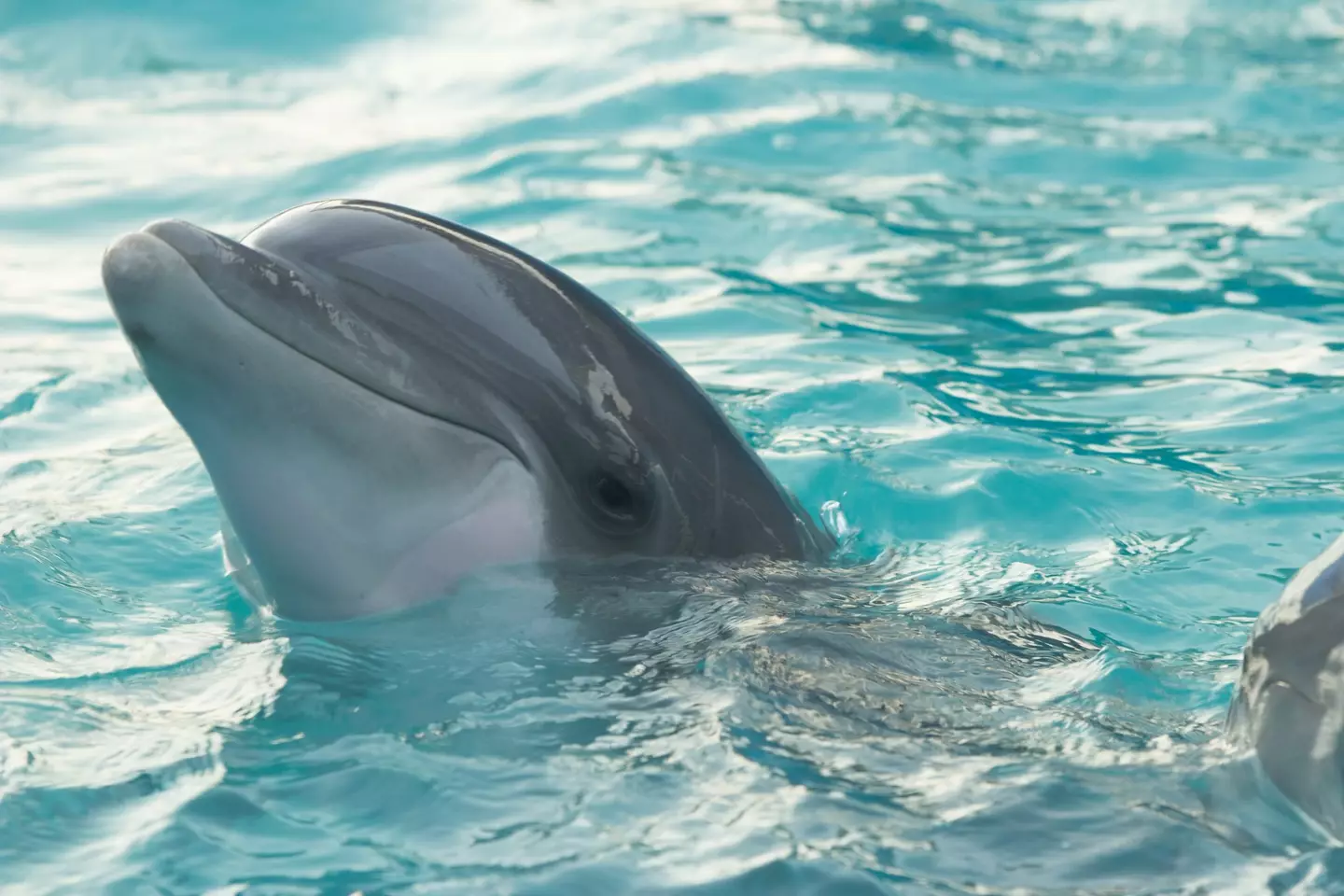

Unsplash.
PETA (People for the Ethical Treatment of Animals) slammed the Seaquarium over the incident, with General Counsel Jared Goodman releasing a statement demanding that the dolphins be relocated to sanctuaries.
They said: “Time is up for the Miami Seaquarium, where long-suffering dolphins desperately need protection and workers are at risk.
“PETA urges this abusement park to end its exploitation of dolphins by getting them to sanctuaries as quickly as possible so that they’d never be used in tawdry shows again and no one else would get hurt.”
Miami Seaquarium had previously been found to have committed many animal welfare violations after a report by the US Department of Agriculture.
That document claimed the park was feeding rotten fish to animals, habitats falling into disrepair, and animals being inadequately cared for.
It also noted that some dolphins at the park had died.
The park is also home to Lolita, an orca who has been working for 52 years and has become the subject of a campaign to release her from the orca tank – the smallest in the world – to a sea sanctuary on the Pacific Northwest.


